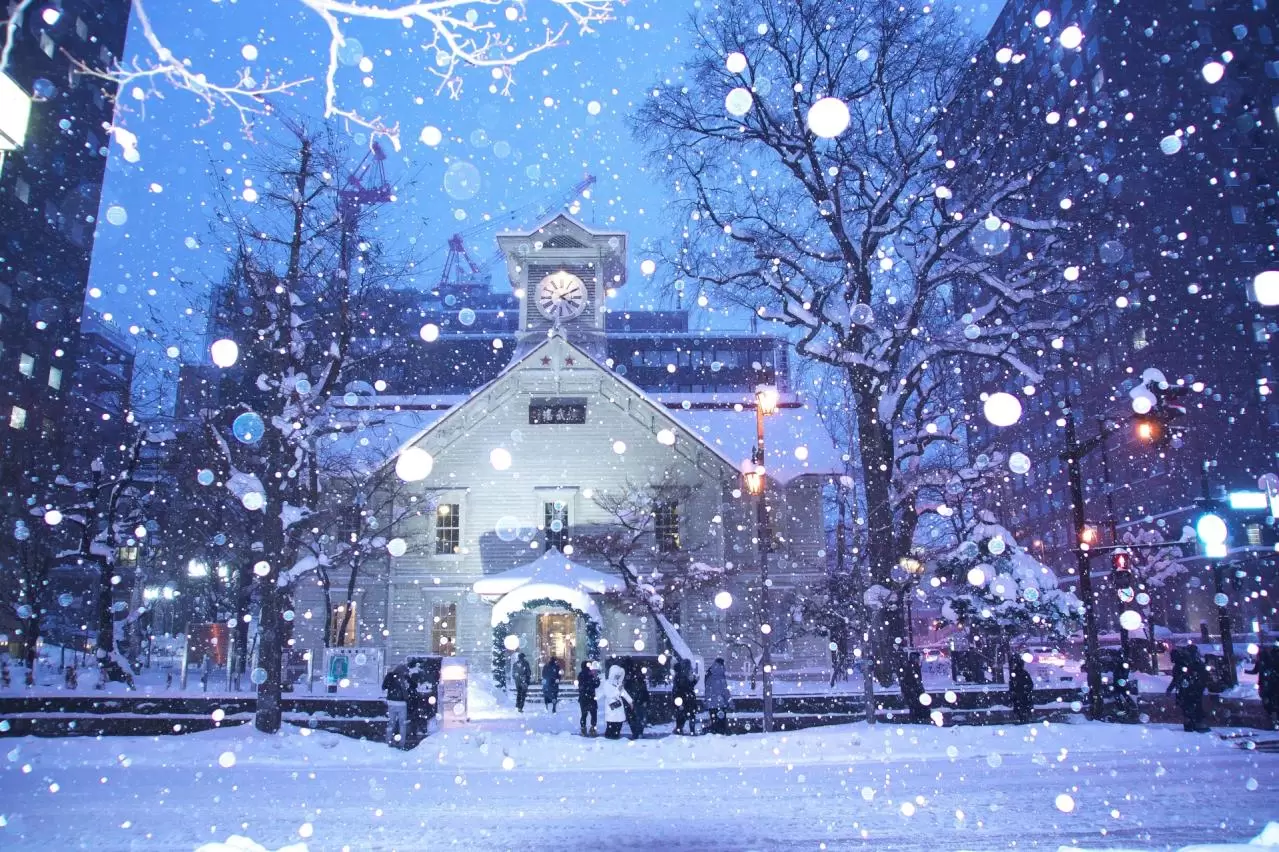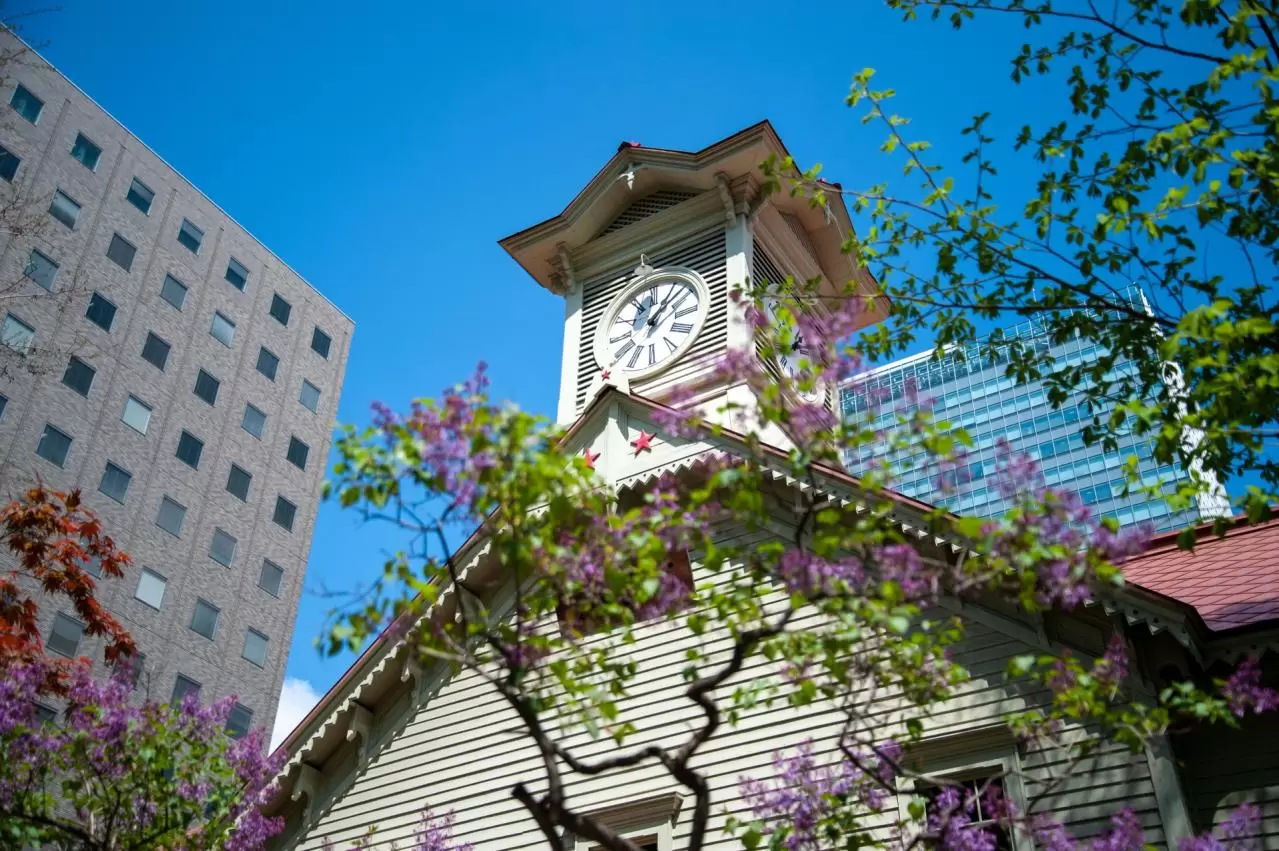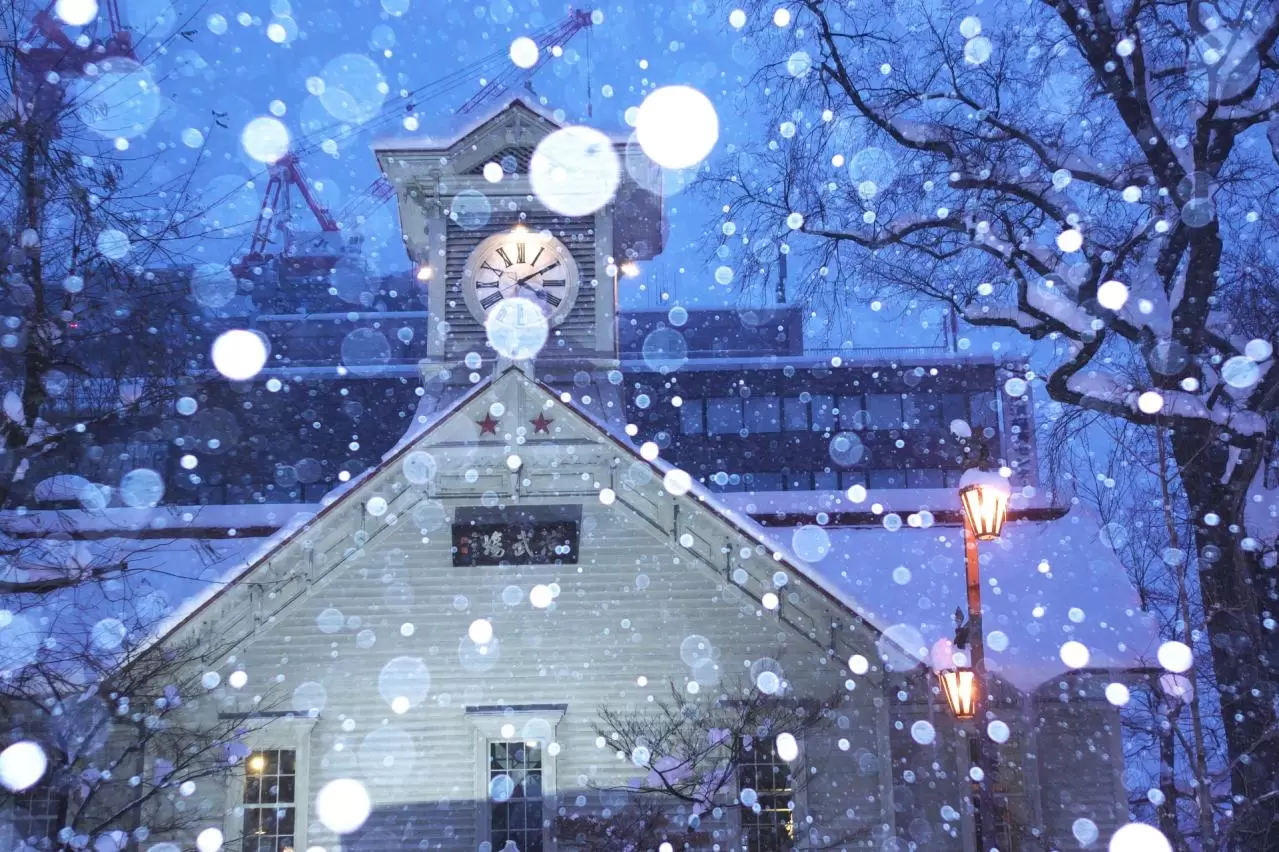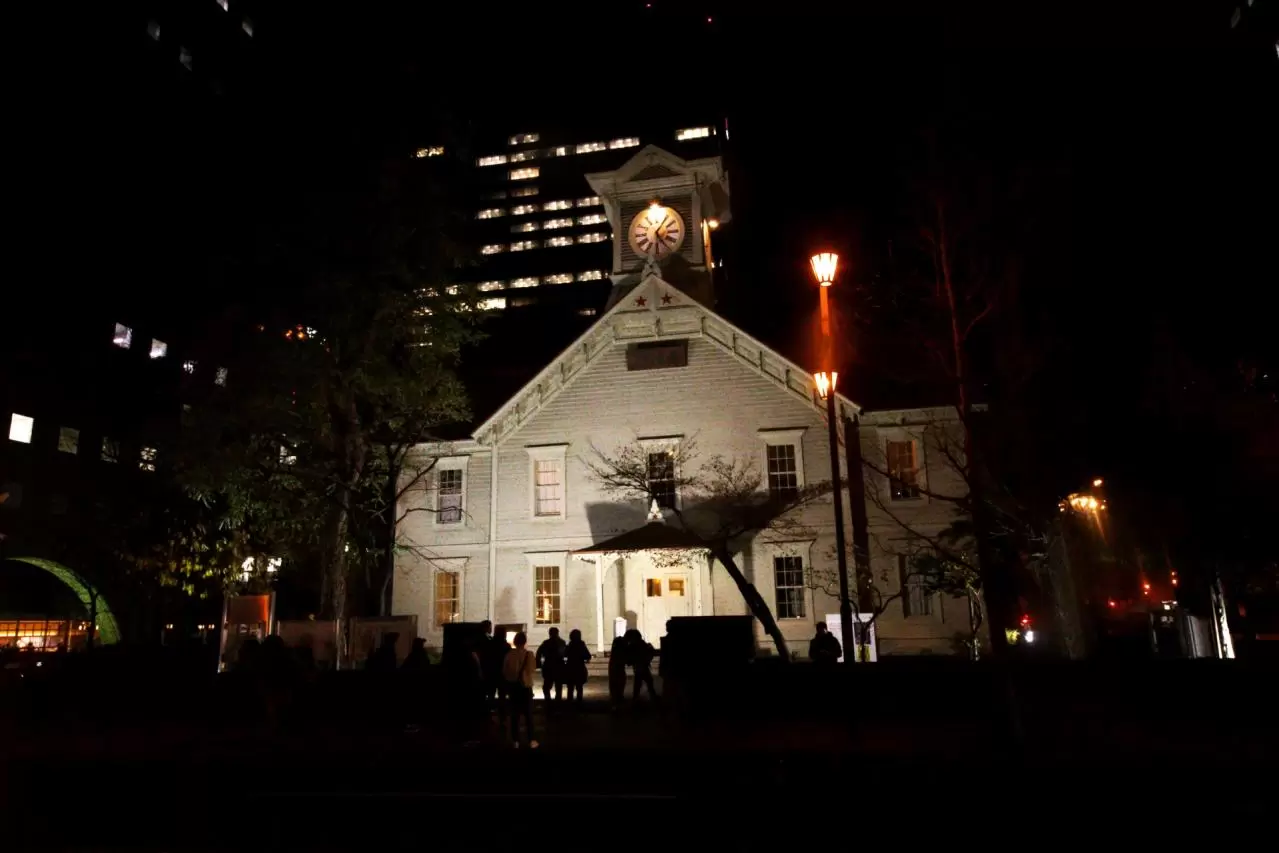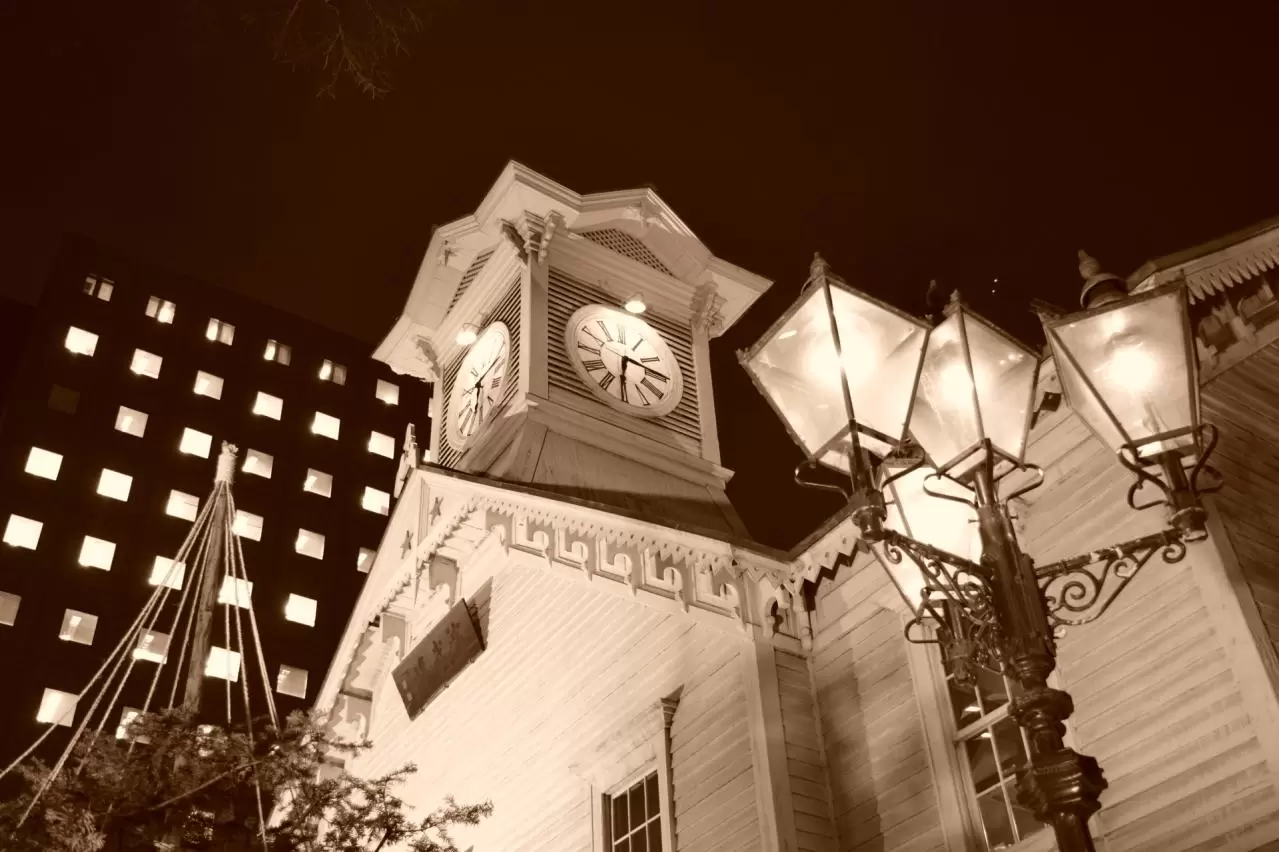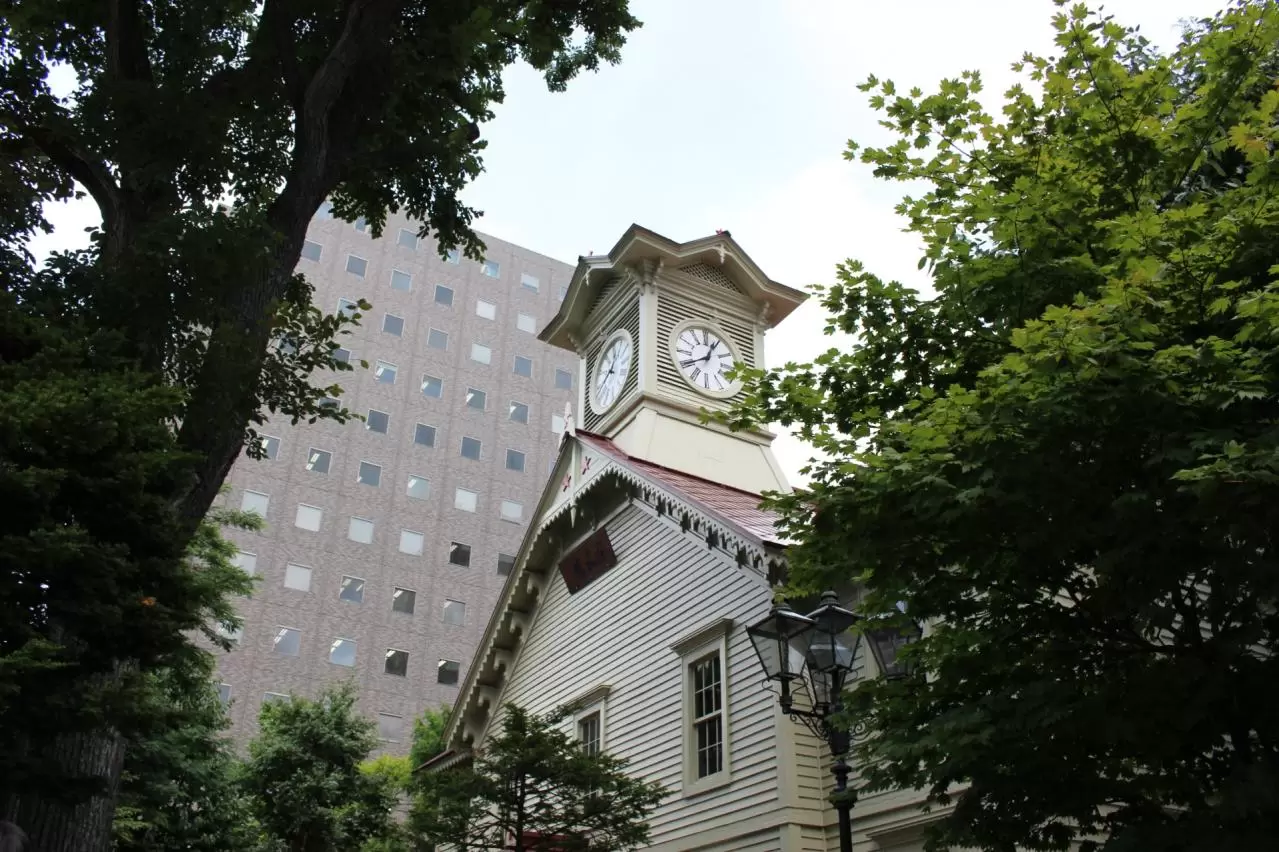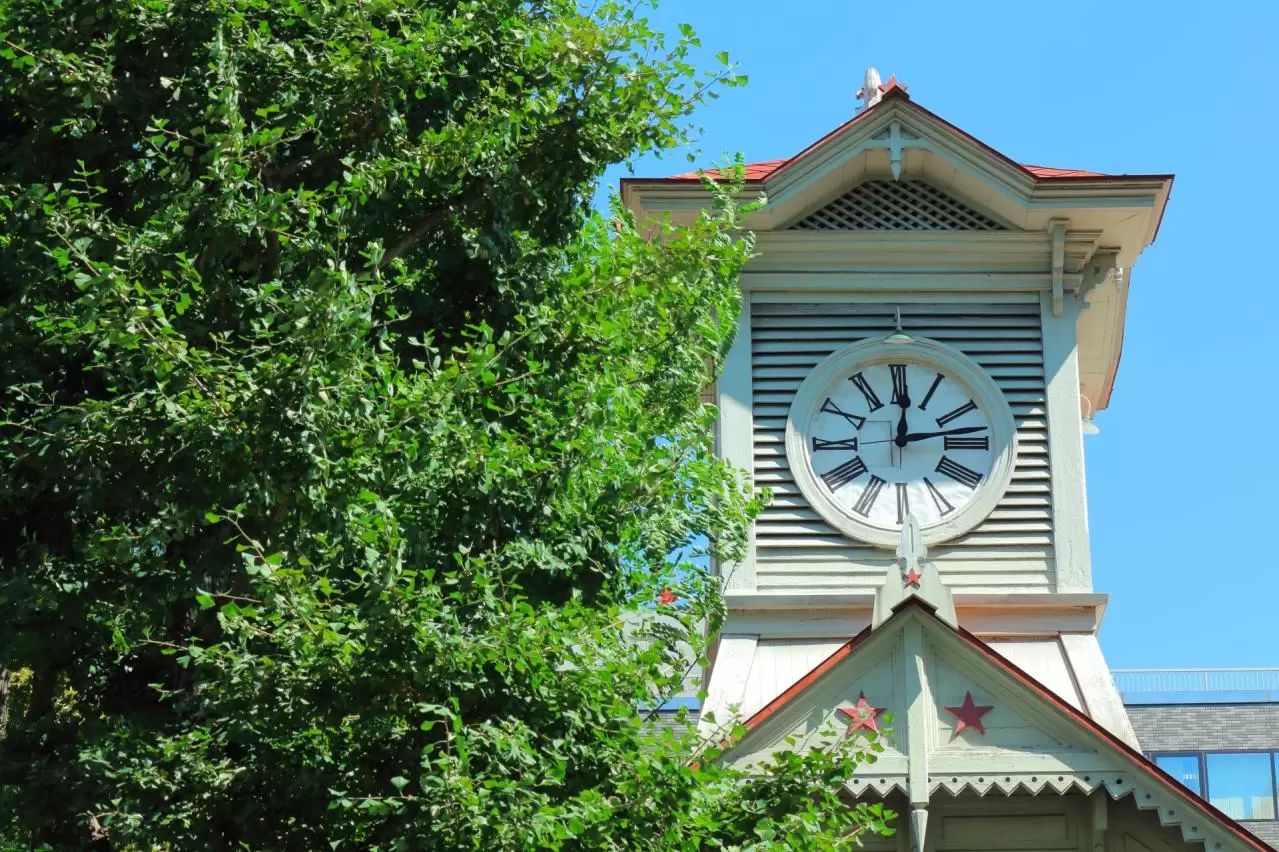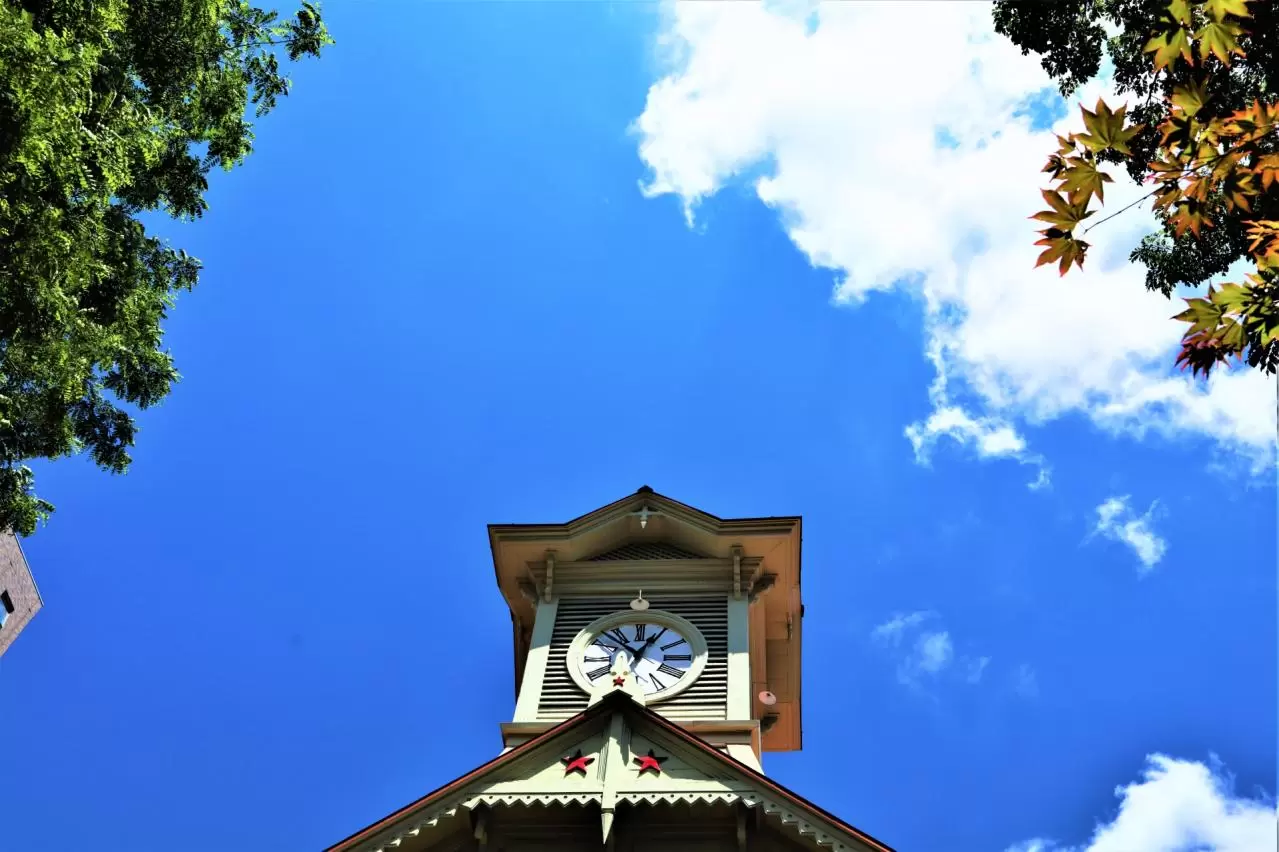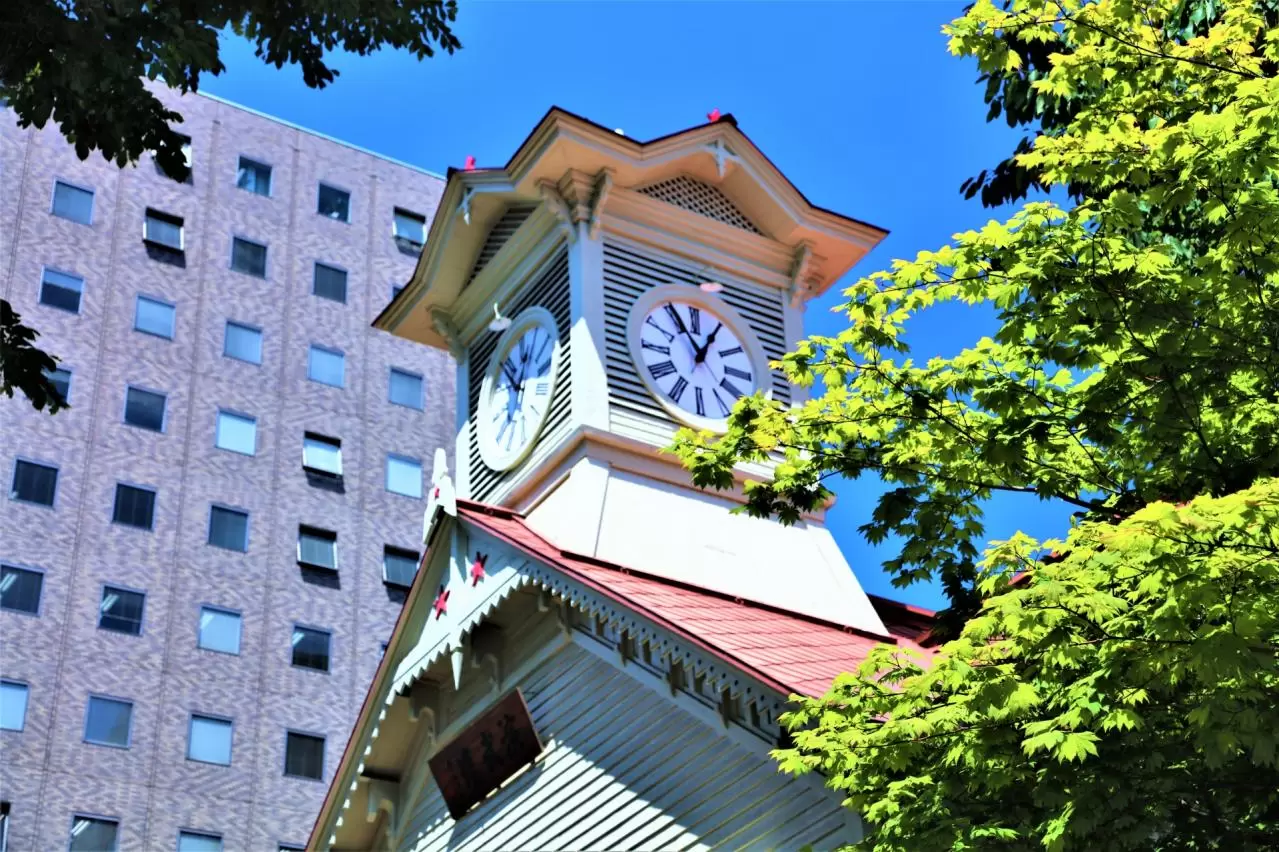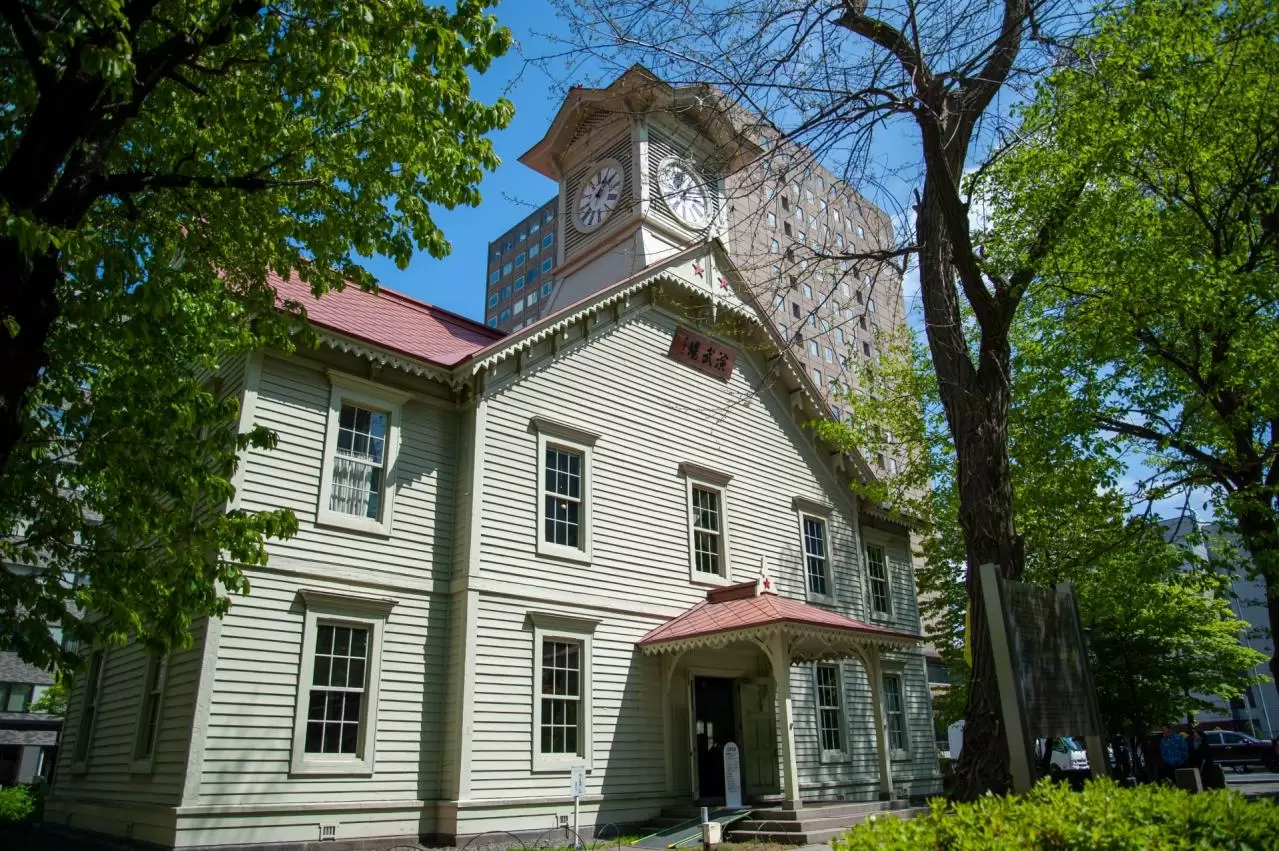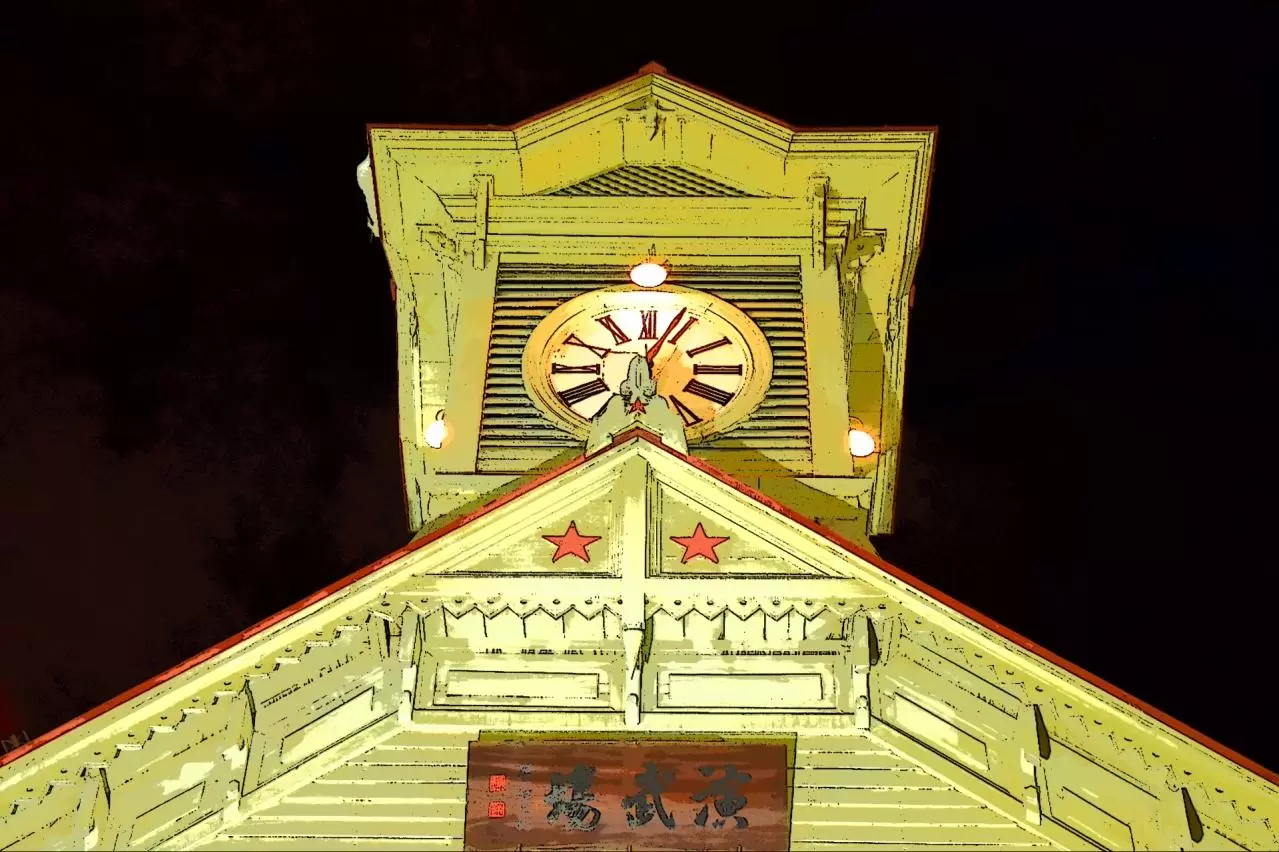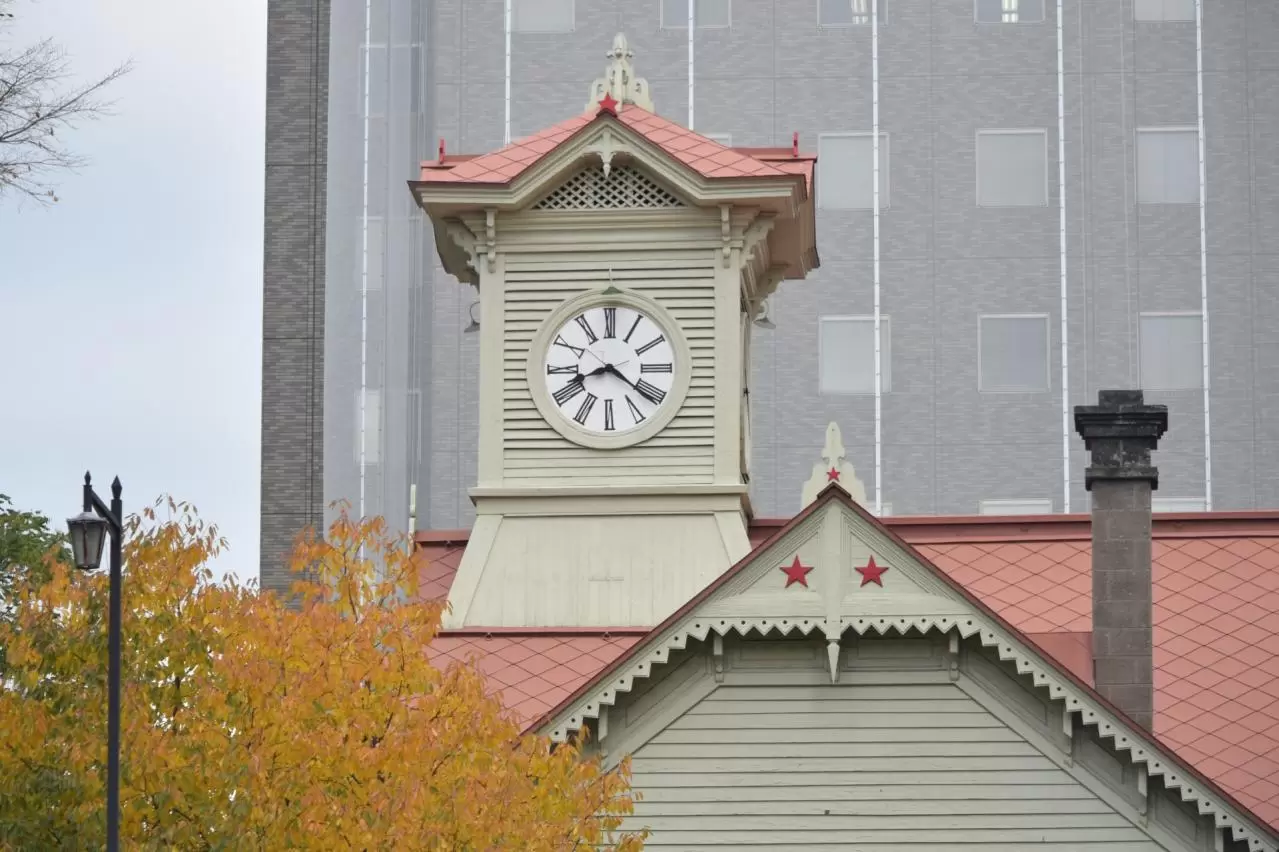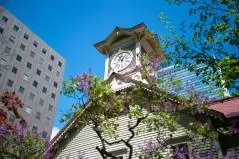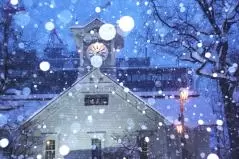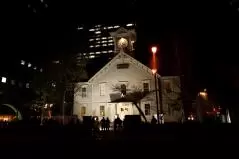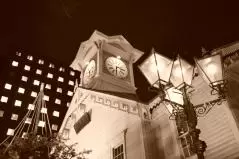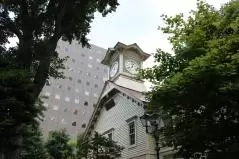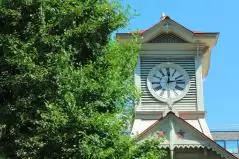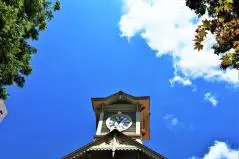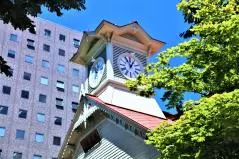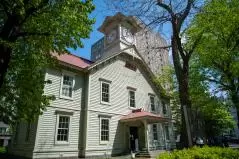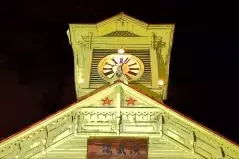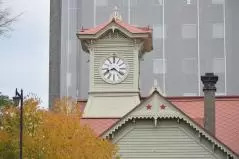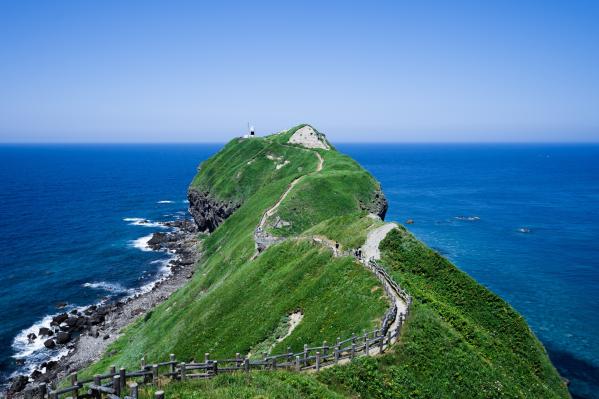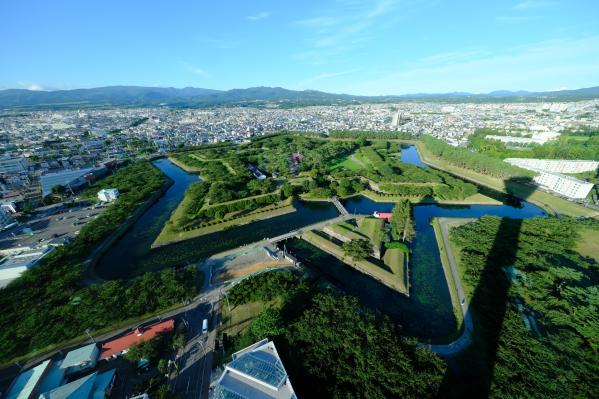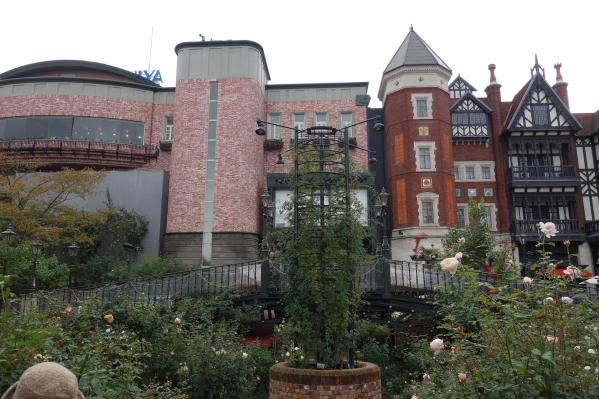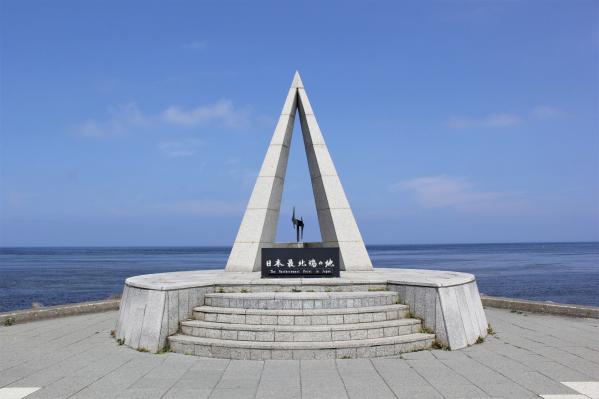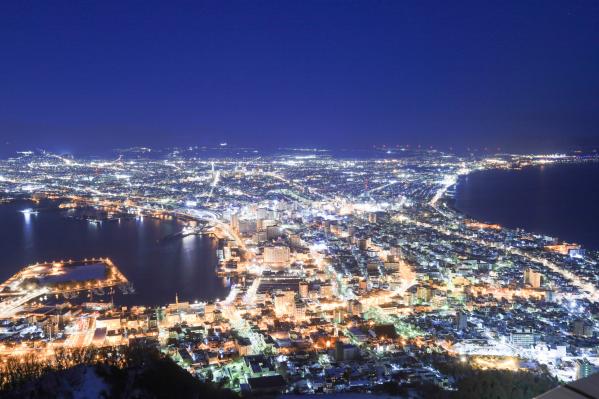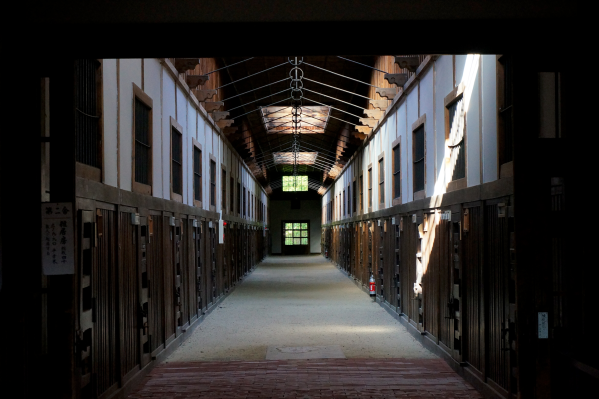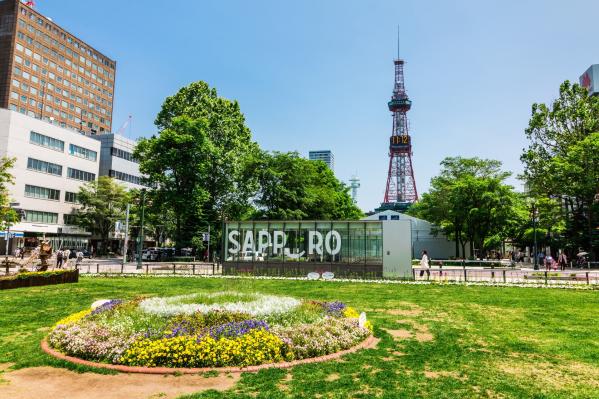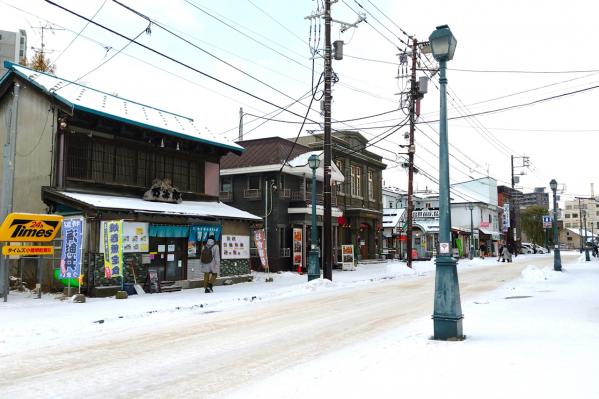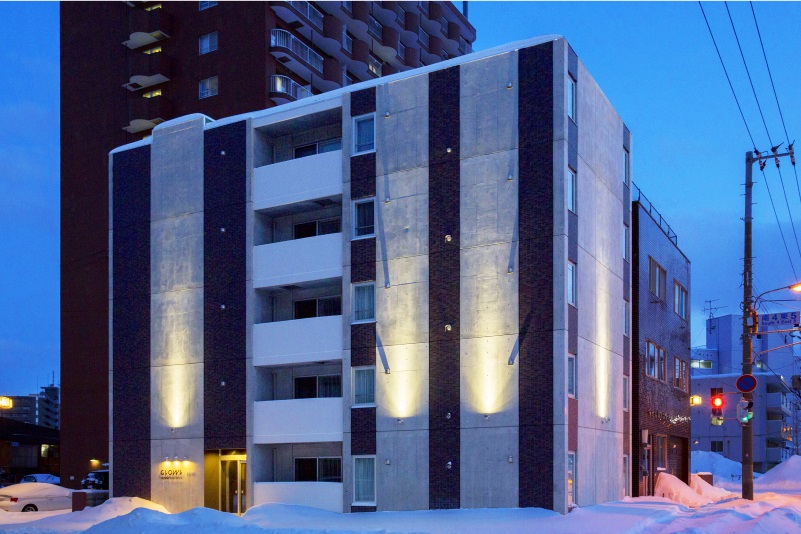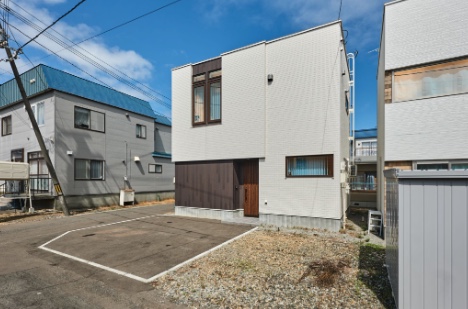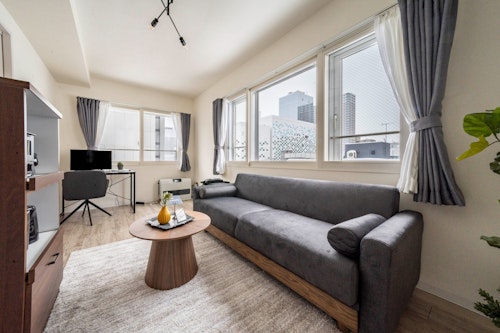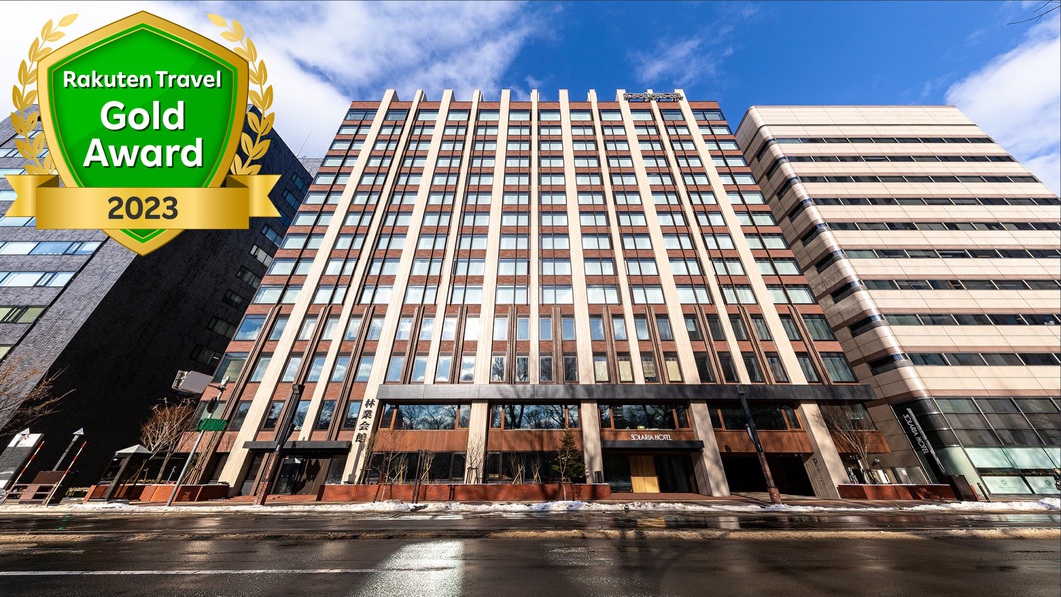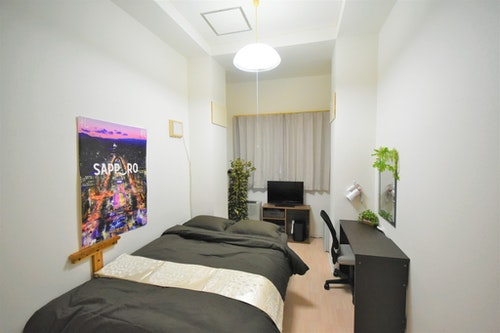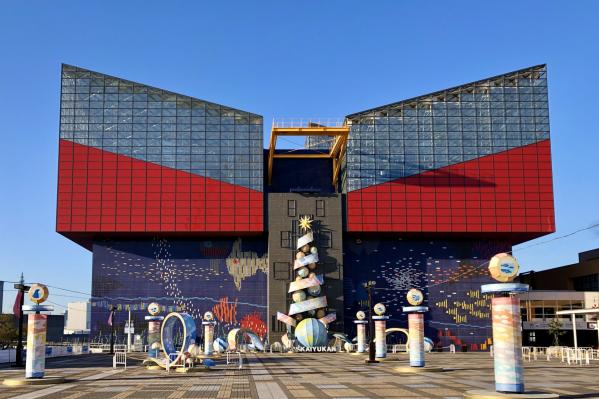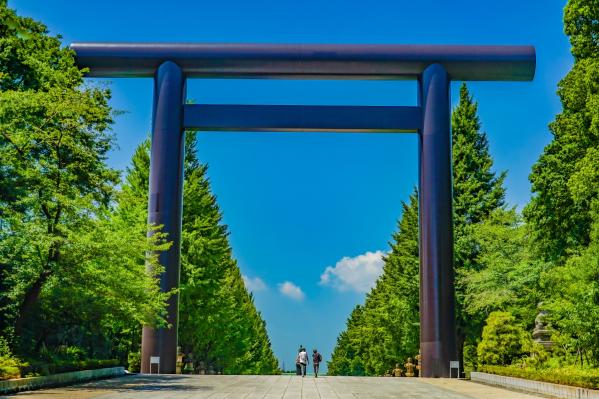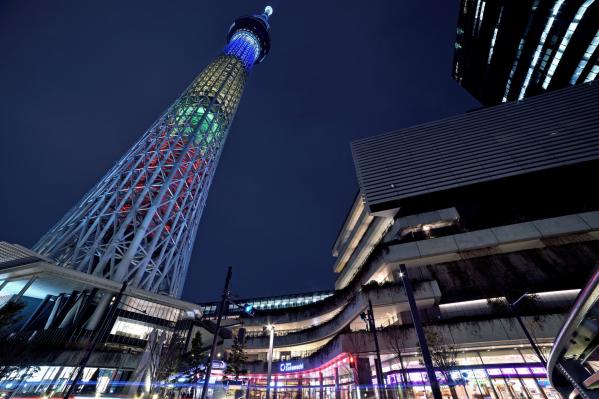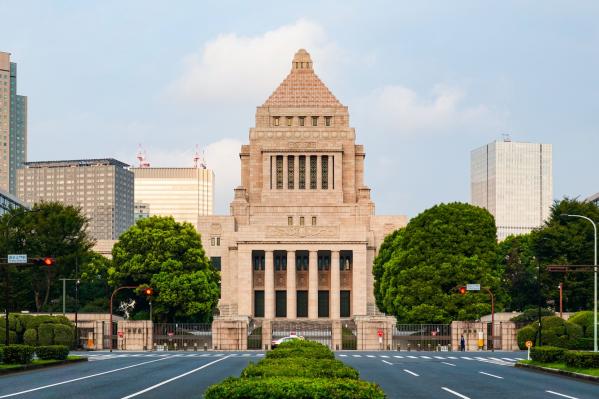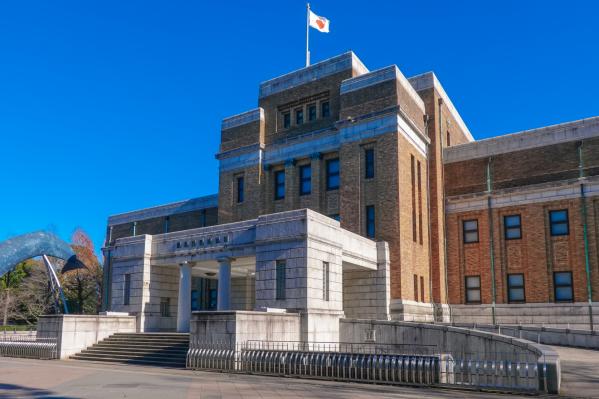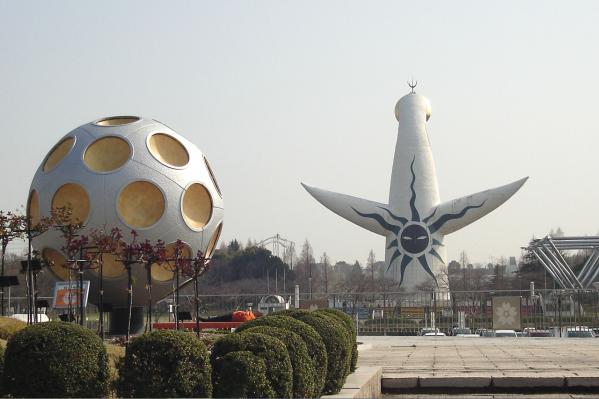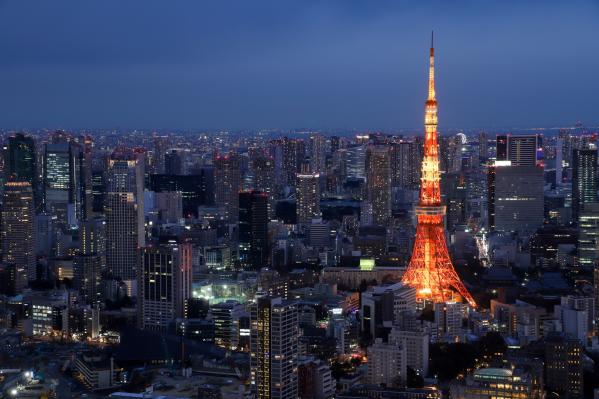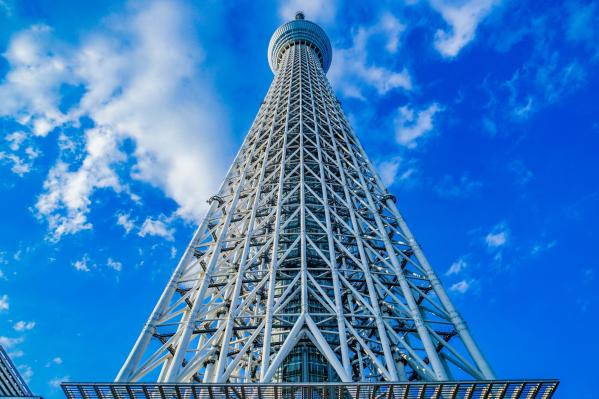Sapporo Clock Tower
Basic Information
- Spot Name
- Sapporo Clock Tower
- Location
- 〒060-0001 1-1, Kita 1-jo Nishi 2-chome, Chuo-ku, Sapporo-shi, Hokkaido, Former Sapporo Agricultural School Exhibition Hall
- Access
- About 10 minutes from the south entrance of JR Sapporo Station.
About 5 minutes from Odori Subway Station. - Parking
- Please use the nearby paid parking facilities.
- Business Hours
- 8:45 AM to 5:10 PM *Last entry is at 5:00 PM.
- Regular Holiday
- January 1st to 3rd
- Fees
- Adults: 350 yen
University students and high school students: 150 yen - Contact Information
- Phone Number:011-231-0838
- Official Website
Map
Detailed Information
The Sapporo Clock Tower is a historic building located in the heart of Sapporo that has been cherished by the citizens for over 140 years. Its official name is "Former Sapporo Agricultural School Drill Hall," and it was constructed in 1878 (Meiji 11) as a facility of the Sapporo Agricultural School, which is a precursor to Hokkaido University. The construction was based on the concept of the first principal, Dr. William S. Clark, with the second principal, William Wheeler, creating the floor plan, and chief architect of the Hokkaido Development Commission, Yoshiyuki Adachi, among others, carrying out the construction.
Originally, it was used as a central auditorium for students' military training and ceremonies, and it did not have a clock tower at first. In 1881 (Meiji 14), under the orders of the then Hokkaido Governor, Kiyotaka Kuroda, a pendulum clock made by the American E. Howard Company was installed, and it has since become the timekeeper for the city of Sapporo. This clock mechanism is still operational, ringing out a clear sound every hour, resonating through the skies of Sapporo.
In 1970 (Showa 45), it was designated as an important cultural asset of the nation and has undergone several restoration projects to reach its current state. The interior is open to the public as a museum, where the first floor's large exhibition room displays materials, panels, large models, and video explanations about the clock tower's history and life during the Sapporo Agricultural School era. There are also volunteer guides available, offering detailed explanations when timing permits.
The second-floor hall is a space that has been restored to resemble the auditorium of the Meiji era, and it is now used for events, lectures, and concerts. In 2017, a bronze statue of Dr. Clark, depicting him at the age of 50, was installed, becoming a popular spot for commemorative photographs as visitors can sit beside it on a bench. There are also materials and exhibits related to the clock tower on both sides of the hall, showcasing a sister clock made by the E. Howard Company, which operates on a similar mechanism with weights and pendulums, allowing visitors to observe its structure up close.
Additionally, around 9:15 AM each day, there is an irregular demonstration and explanation of winding by the museum director, providing a great opportunity to deepen understanding of the clock mechanism.
It is said that in the past, the sound of the bell could be heard over a wide area of Sapporo. During the Great Fire of Sapporo in 1892, there are stories of students from the agricultural school climbing to the roof to sweep away sparks and protect the building, and visitors can learn about this history through exhibition materials.
The exterior features white walls and a red triangular roof, harmoniously telling the history of Sapporo while creating a romantic presence through the seasonal landscapes. After sunset, the building is illuminated by LEDs, creating a magical atmosphere. Particularly during winter nights, its silhouette amid the snowy scenery is exceptional, making it a recommended highlight for visitors. The illumination is maintained every day until 9:30 PM.
There are also great photo spots available, including a designated area within the premises where visitors can beautifully capture the entire view of the clock tower with their smartphones. The second floor of the "Sapporo MN Building," facing directly opposite, offers a free photography terrace for a higher vantage point of the clock tower. Furthermore, there is a photographing spot located diagonally near the back of the clock tower close to Sapporo City Hall, where during the summer, the observation corridor on the 19th floor is opened to the public, allowing visitors to enjoy views of the clock tower from above.
Near the entrance of the museum, there's a museum shop featuring original products that can only be found here. For instance, candies in cans featuring the clock tower design, butter candies with illustrations of Dr. Clark, keychains, and magnets, all make for perfect souvenirs and mementos.
The Sapporo Clock Tower is also appealing due to its accessibility, being approximately a 10-minute walk from Sapporo Station. In winter, visitors can enjoy a comfortable visit through the underground walking space, even during snowy conditions.
With its recognition, historical value, and beautiful exterior, the Sapporo Clock Tower has become a symbol of the city to the extent that it is often said, "When you think of Sapporo, think of the Clock Tower." It remains an indispensable part of Sapporo's history and cherished by both locals and tourists alike as a special and iconic presence.
Sapporo Clock Tower Movies
Hokkaido Tourist Attractions
View ListCape Kamui
Cape Kamui is a beautiful tourist spot located in the northwest part of the Shakotan Peninsula in Hokkaido, offering a breathtaking view of the Sea of Japan from a h...
Goryokaku Park
Goryokaku Park is a national special historic site known as the location of the end of the Boshin War. It is where the old shogunate troops led by Takeaki Enomoto an...
Shiroi Koibito Park
"Shiroi Koibito Park" is located in Sapporo and is a chocolate entertainment facility that can be enjoyed by both adults and children. Visitors can observe the produ...
Mount Hakodate
Mount Hakodate is a symbolic tourist destination in Hakodate, awarded three stars in the Michelin Guide. From its unique topography, visitors can overlook the city, ...
Abashiri Prison Museum
The Abashiri Prison Museum is the only prison museum in Japan, exhibiting the former Abashiri Prison's cell blocks, chapel, and administration building. The premises...
Odori Park
Odori Park is a special park spanning approximately 1.5 km and 7.8 hectares in the center of Sapporo, the capital of Hokkaido. Established in 1871 as a firebreak, it...
Otaru Sakaimachi Street
Otaru Sakaimachi Street is the main street for sightseeing in Otaru, located just a 5-minute walk from Otaru Canal. Lined with historical buildings constructed from ...
